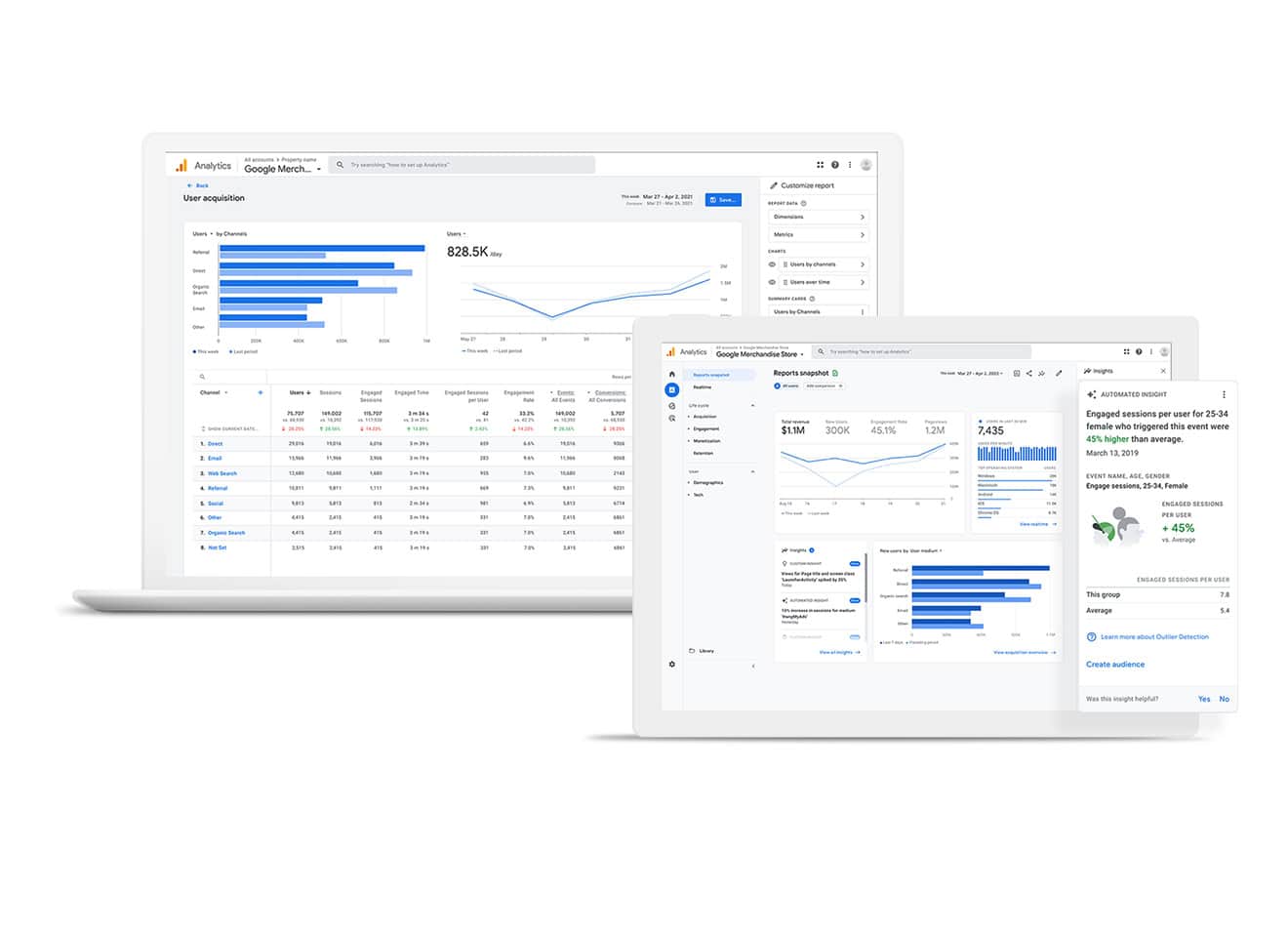Learning Digital Marketing: Success Strategies In the constantly changing field of digital marketing, knowing your target audience & using data-driven insights are essential for creating campaigns that work. It is impossible to overestimate the significance of social media interaction, targeted email outreach, and personalized marketing as companies look to establish meaningful connections with customers. This post will go over crucial tactics that can improve your digital marketing campaigns and guarantee that you successfully engage & reach your target audience. Understanding your target market in-depth is the first step towards developing effective marketing campaigns.
Key Takeaways
- Understanding your target audience is crucial for effective marketing
- Utilize data-driven insights to make informed decisions
- Create personalized marketing campaigns to connect with your audience
- Leverage social media platforms to reach a wider audience
- Implement email marketing strategies to engage with your customers
- Optimize SEO and SEM to improve your online visibility
- Utilize influencer marketing to expand your reach
- Measure and analyze campaign performance to make necessary adjustments
This entails figuring out their characteristics, hobbies, habits, & problems. By creating thorough buyer personas, marketers can customize their offerings & messaging to appeal to particular market niches.
For example, a luxury brand may target wealthy customers who value exclusivity and quality, while a tech company may target tech-savvy, innovative millennials.
Understanding your audience also extends beyond simple demographics.
Analyzing their preferences, online behavior, and the platforms they use is necessary. Data on how your audience engages with your brand can be obtained from tools like social media insights & Google Analytics. Making use of this data will enable you to produce content that directly addresses their wants and needs, strengthening your relationship and increasing conversions. Data is king in the digital age we live in today.
Making decisions based on data-driven insights enables marketers to increase the efficacy of their campaigns.
Businesses can discover trends and patterns that guide their marketing strategies by examining metrics like website traffic, conversion rates, & customer feedback.
Marketers can invest resources to promote a product more aggressively within a particular demographic, for instance, if data indicates that the product is becoming popular with that group.
| Metrics | Value |
|---|---|
| Customer Acquisition Cost (CAC) | 45 |
| Customer Lifetime Value (CLV) | 300 |
| Conversion Rate | 5% |
| Return on Investment (ROI) | 7% |
Also, A/B testing is an effective technique for campaign optimization based on data insights. Through testing various iterations of advertisements or landing pages, marketers can ascertain which components most effectively connect with their target audience. In addition to enhancing campaign performance, this iterative process guarantees that marketing initiatives are in line with customer preferences. Finally, using data-driven insights enables companies to continuously improve their strategies and attain superior outcomes.
Customization is now expected by customers and is not merely a fad. In a world full of generic ads, customized marketing campaigns stand out because they convey messages that are specific to each person’s preferences. Using dynamic content on your website that adapts to visitor profiles or segmenting your email lists according to user behavior are two ways to accomplish this. To create a seamless shopping experience, e-commerce platforms, for example, can make product recommendations based on browsing or past purchases. Likewise, individualized email campaigns that use the recipients’ names and provide pertinent product recommendations can greatly boost response rates.
Businesses can cultivate loyalty and promote repeat business by giving customers a sense of value and understanding. Brands’ interactions with their audiences have changed as a result of social media. Social media, which has billions of users across multiple platforms, provides unmatched chances for interaction and brand exposure. In order to effectively utilize these platforms, companies should create a thorough social media strategy that complements their overarching marketing objectives. The secret to success on social media is interesting content.
This includes engaging images, educational videos, and posts that invite user interaction. Also, brands ought to actively interact with their audience by promptly answering messages and comments. Between the brand and its followers, this reciprocal communication creates a feeling of community and increases trust. Paid advertising on social media can also increase reach and more precisely target particular demographics. Businesses can reach users based on their location, interests, and behaviors thanks to the extensive targeting options provided by platforms like Facebook and Instagram.
Brands can increase their social media impact by combining targeted advertisements with natural engagement. One of the best ways to reach customers directly is still through email marketing. It enables companies to interact with their audience in a personalized way & has a high return on investment (ROI). Creating a high-quality email list with opt-in forms & lead magnets is crucial to putting effective email marketing strategies into practice. Once you have a good list, you can improve the efficacy of your campaigns by segmenting your audience according to their interests or behaviors.
Sending tailored promotions to clients who have already bought comparable goods, for instance, can increase conversion rates. Creating intriguing subject lines and interesting content is also essential for getting recipients to open and respond to your emails. Using automation tools to send timely messages based on user actions can also help you streamline your email marketing efforts. Reminders about cart abandonment or welcome emails for new subscribers, for example, can greatly increase engagement and boost sales. You can maintain relationships with your subscribers and keep your brand at the forefront of their minds by regularly providing them with insightful content.
Being aware of SEO. By optimizing keywords, producing high-quality content, & making technical improvements, SEO aims to increase organic search visibility. Businesses can increase the amount of relevant search engine traffic they receive by carrying out in-depth keyword research and optimizing the content of their websites accordingly. The function of SEM. To improve visibility in search results, SEM, on the other hand, uses paid advertising techniques like Google Ads.
Businesses can make sure their advertisements show up at the top of search engine results pages (SERPs) by placing bids on pertinent keywords. Brands can increase their online visibility and attract potential clients at different phases of the purchasing process by combining SEO & SEM. Assessing Achievement. Optimizing SEO and SEM efforts requires routinely tracking performance metrics like click-through rates (CTR) and conversion rates. Marketers can improve their strategies over time by examining which keywords generate the most traffic or which advertisements have the highest return on investment.
A potent tactic for companies trying to connect with new audiences in a genuine way is influencer marketing. Working together with influencers who share your values enables you to capitalize on their existing credibility & trust with their audience. In addition to increasing brand awareness, this strategy cultivates sincere relationships with prospective clients. The demographics and levels of engagement of influencers’ audiences are important factors to take into account when choosing them for collaborations. Micro-influencers are valuable partners for targeted campaigns because they frequently have highly engaged followers in niche markets.
Also, giving influencers creative latitude enables them to communicate your brand in a genuine manner that appeals to their audience. Measuring the success of influencer campaigns involves tracking metrics such as engagement rates, referral traffic, and conversions generated from influencer promotions. Brands can evaluate the success of their influencer relationships and decide on future partnerships by examining these findings.
The last component of digital marketing is campaign performance measurement and analysis. Determining what is effective and what requires improvement is difficult without adequate tracking & analysis. Marketers can track key performance indicators (KPIs) like user behavior, conversion rates, and traffic sources on their websites by using tools like Google Analytics. For each campaign to be measured effectively, specific goals must be set. Establishing clear goals helps marketers to assess success, whether that goal is to increase website traffic, lead generation, or sales. Trends and areas for optimization can be found by routinely analyzing performance data.
Also, carrying out post-campaign analyses offers insightful information about the tactics that worked best to achieve the intended results. Future campaigns can benefit from this information, which can also help marketers improve their strategies for even more success. Conclusion Understanding your target audience, utilizing data-driven insights, developing customized campaigns, interacting on social media, putting effective email strategies into practice, optimizing SEO/SEM efforts, leveraging influencer partnerships, and measuring campaign performance are all essential components of a multifaceted approach to mastering digital marketing. Incorporating these tactics into your marketing campaigns can help you build consumer loyalty, increase brand awareness, and eventually propel business expansion.
Are you prepared to advance your digital marketing plan? Put these strategies into practice right now, and you’ll see your brand flourish in the cutthroat online market!
If you are interested in learning more about precision marketing strategies, you may want to check out this article on the best digital marketing agency for small businesses in Tampa, Florida. This agency likely utilizes precision marketing techniques to help small businesses reach their target audience effectively. You can read more about their services and how they can benefit your business here.
FAQs
What is precision marketing?
Precision marketing is a marketing strategy that uses data and technology to target specific audiences with personalized and relevant messages. It aims to deliver the right message to the right person at the right time, increasing the likelihood of a positive response.
How does precision marketing differ from traditional marketing?
Traditional marketing often involves mass communication to a broad audience, while precision marketing focuses on targeting specific individuals or segments with personalized messages. Precision marketing relies on data and technology to tailor the marketing approach, whereas traditional marketing may rely more on broad demographic assumptions.
What are the benefits of precision marketing?
Precision marketing can lead to higher conversion rates, increased customer loyalty, and improved return on investment. By delivering personalized messages to targeted audiences, precision marketing can also enhance customer satisfaction and brand perception.
What data is used in precision marketing?
Data used in precision marketing can include demographic information, purchase history, online behavior, and other relevant customer insights. This data is used to create detailed customer profiles and to segment audiences for targeted marketing campaigns.
What technologies are used in precision marketing?
Technologies commonly used in precision marketing include customer relationship management (CRM) systems, marketing automation platforms, data analytics tools, and artificial intelligence (AI) for predictive modeling and personalization.
How can businesses implement precision marketing strategies?
Businesses can implement precision marketing strategies by first collecting and analyzing customer data to understand their target audience. They can then use this data to create personalized marketing messages and deliver them through targeted channels such as email, social media, and online advertising. Ongoing testing and optimization are also key components of successful precision marketing strategies.










